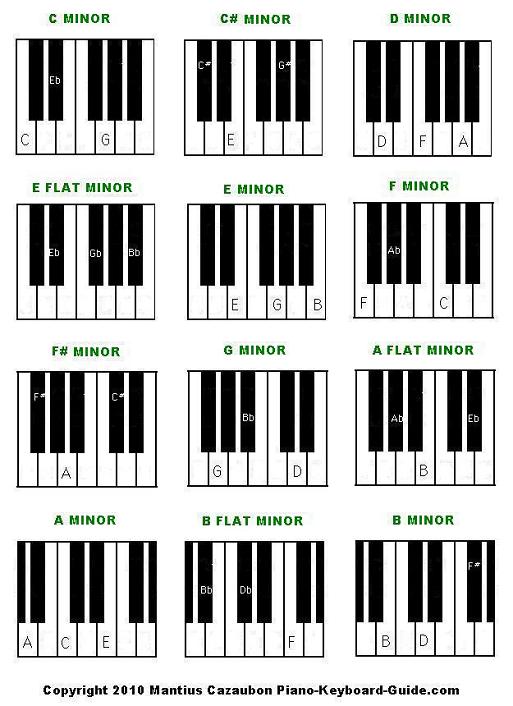

Over time, the fretboard will surely be completely mastered by you, don’t worry. The Hammond organ is an electric organ invented by Laurens Hammond and John M.
#Organ note c how to#
To learn how to read music notes, you’ll need to learn how to recognize the notes on the staff, and find them on the piano keyboard. While there are 88 keys in total on a full-sized instrument, they are made up of 12 tones that simply repeat moving up in pitch. Note that on the guitar it is a little difficult to memorize where all the notes are, but this will become easier as you study the topics here in Simplifying Theory, as there are many shortcuts that help in identifying the immediate location (thinking of the degrees, chords, scales, etc.). Every note found on piano sheet music corresponds to a piano key. The other notes are distributed according to the drawing below, where the numbers represent the frets on the fretboard: On the acoustic guitar, each loose string corresponds to a certain note (E, B, G, D, A, E, from the highest to the lowest, respectively). Please see below: Piano NotesĬheck this article for more information: Piano and Keyboard Notes Guitar notes Several short phrases in each verse are repeated. (See Silent Night in A Major for exactly the same tutorial in a lower key.). In this instrument, the black keys contain the notes with alterations (sharps) and the white keys contain the remaining notes. Silent Night is written and played here in the key of C Major, and has a 3/4 (waltz) time signature (as does Away in a Manger).

In this topic, we will show you how to find the 12 notes (C, C#, D, D#, E, F, F#, G, G#, A, A#, B) on some instruments. In the coming decades the lowest note of the piano continued to move further down the instrument until by the time composers like Chopin, Schumann and Liszt were writing for the.

How to find the musical notes in your instrument? The piano keys used to make the chord are marked with dots, and the bars marked left hand and right hand indicate how the notes are split between hands. The range of pianos by the mid part of the 19 th century meant that the lowest note had dropped down towards an ‘F (1)’ over three octaves below middle ‘C’.


 0 kommentar(er)
0 kommentar(er)
